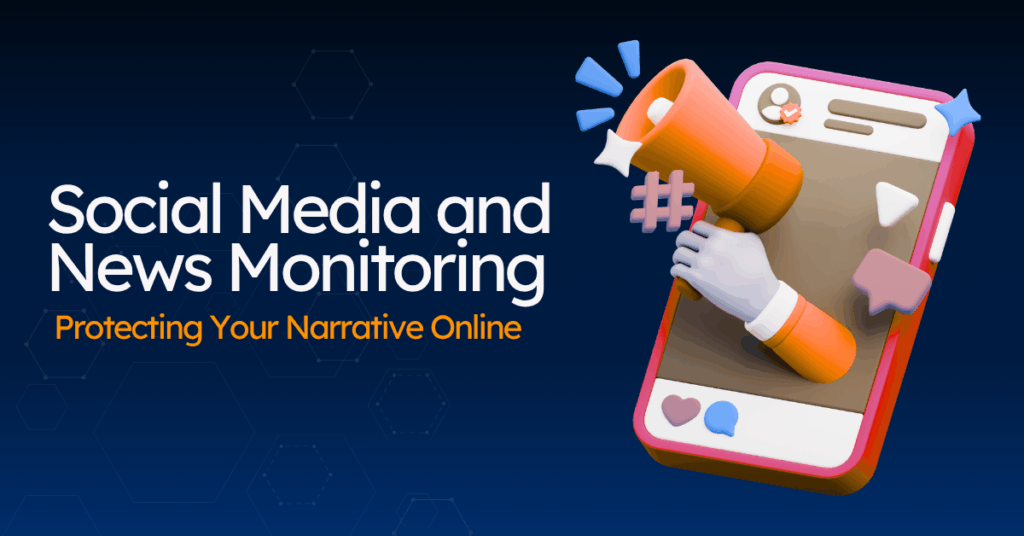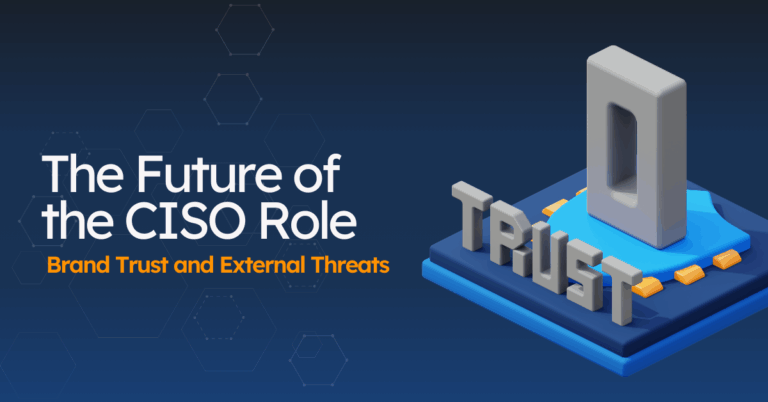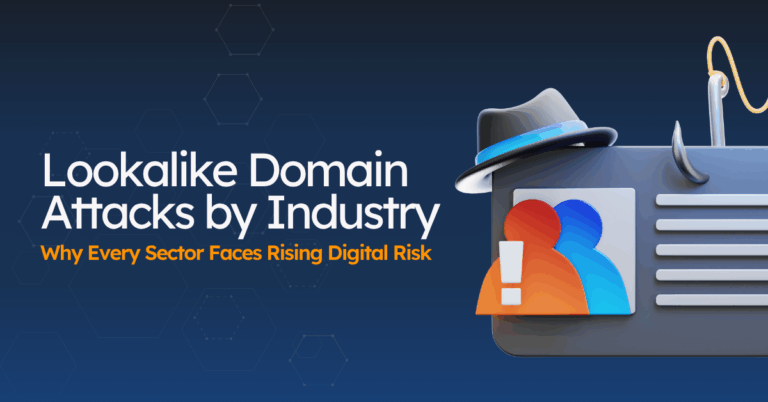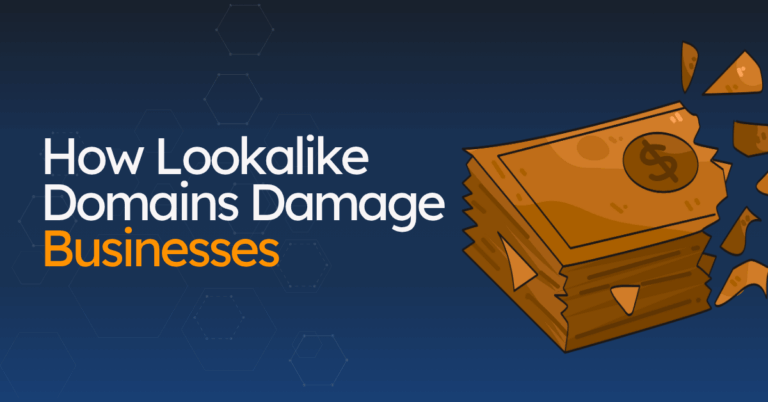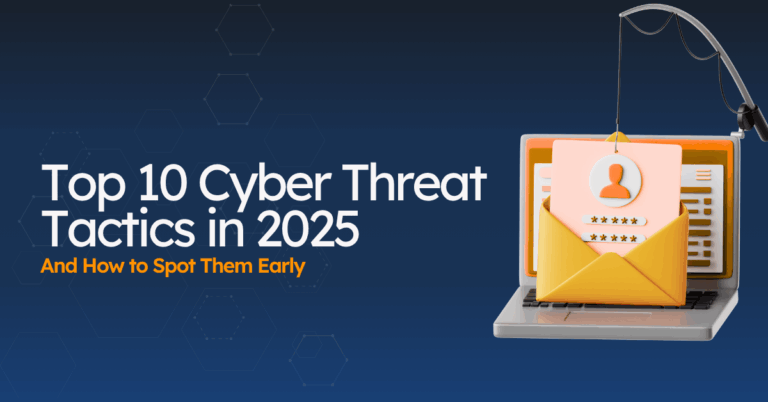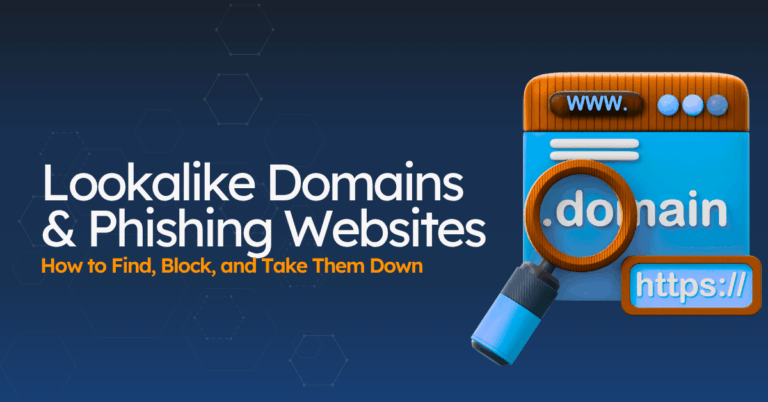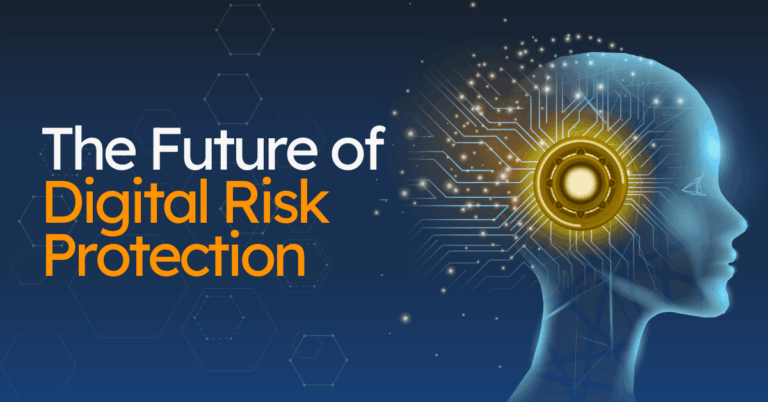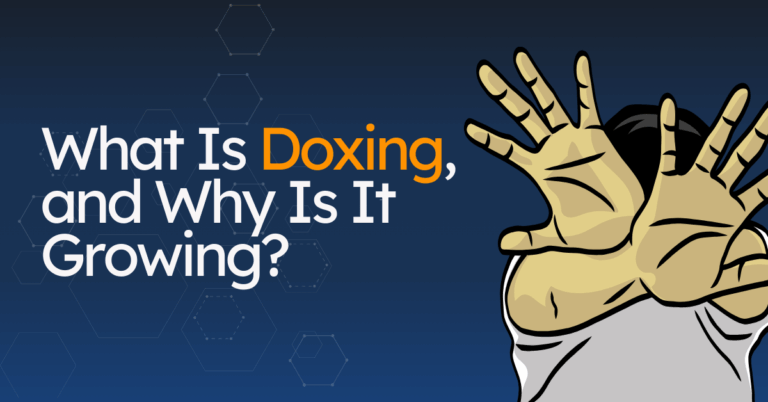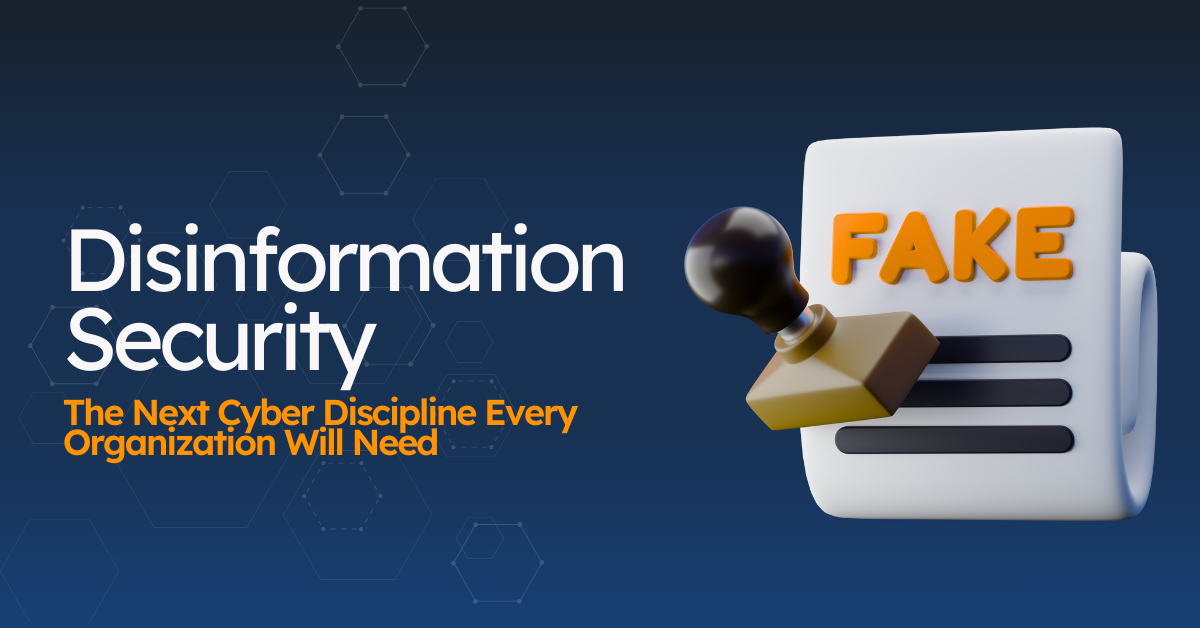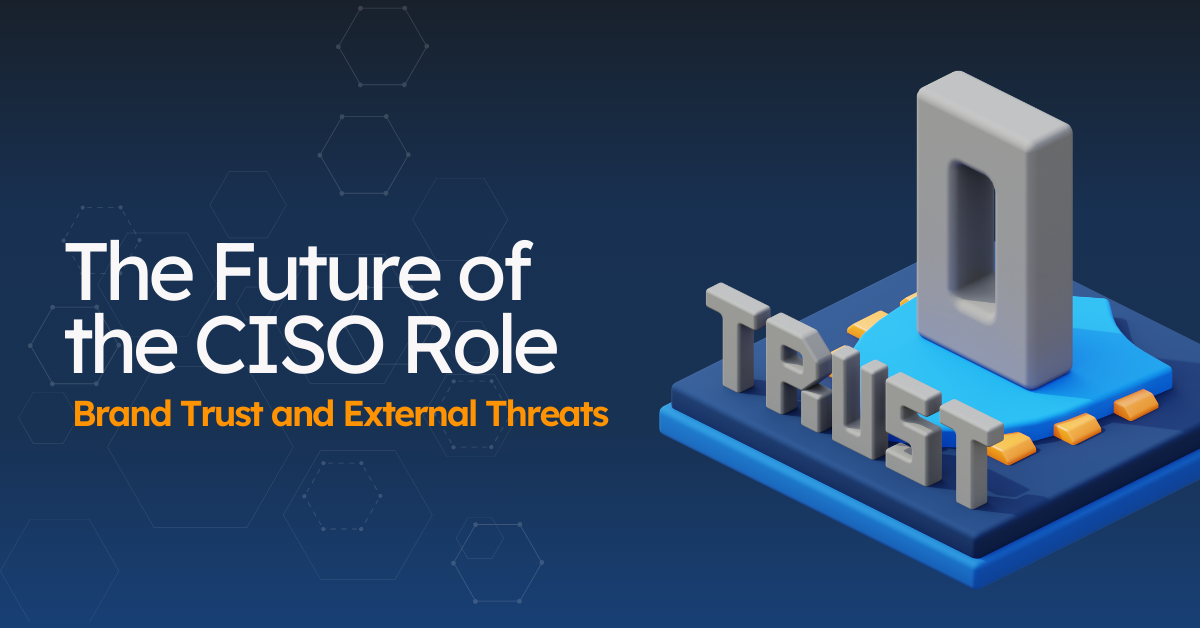Social media and news platforms are no longer just marketing tools — they’re high-risk environments where attackers impersonate brands, leak sensitive data, and launch phishing campaigns.
This article breaks down what social media and news monitoring means in cybersecurity, why it matters, and what features to look for in a solution built to detect real threats and protect your digital presence.
Let’s begin.
What Is Social Media and News Monitoring in Cybersecurity?
Social media and news monitoring is the practice of tracking public channels — like Twitter, LinkedIn, Reddit, online forums, and news sites for threats that target your people, brand, or systems.
Learn more: How to Spot and Take Down Fake LinkedIn Accounts.
It’s not about marketing or trending hashtags. It’s about identifying and acting on real digital risks before they spread.
Security teams use it to detect:
- Executive and brand impersonation
- Scam accounts posing as support
- Mentions of stolen credentials
- Data leaks or breach chatter
- Phishing links or malware
- Coordinated disinformation campaigns
The goal is simple: Stay aware of what’s out there, respond early, and keep your organization off the front page for the wrong reasons.
Why Is Social Media and News Monitoring Important?
Most threats don’t start with a breach. They start with a post, a fake profile, or a shared link.
Social media and news monitoring platforms move fast. They’re where attackers spread misinformation, trick employees or customers, and impersonate trusted voices. And once something’s live, it spreads quickly — across platforms, across geographies, and outside your control.
Without monitoring, you miss:
- Early warnings of targeted attacks
- Fraudulent accounts that damage trust
- Public exposure of internal issues
- Real-time sentiment around incidents
- Leaked data being shared or sold
It’s a blind spot. And in cybersecurity, blind spots lead to delays. Delays lead to bigger impact, higher costs, and lost trust.
Monitoring gives you the context and speed to act before things escalate.
Learn more: The Future of Digital Risk Protection
What Digital Risks Can You Find on Social Media and News?
Social and news platforms have become key spaces for attackers to target organizations. The risks aren’t just reputational — they’re operational and financial.
Here’s what security teams need to watch for:
- Executive and brand impersonation: Fake accounts mimic leaders or official pages to mislead employees, partners, or customers. They’re often used to push scams or fake narratives. Learn everything about executive impersonations here.
- Phishing and scam campaigns: Threat actors use posts or messages to trick people into giving up logins, payments, or personal data. These attacks scale quickly through trust. This is how lookalike domains and phishing campaigns can damage businesses.
- Malicious links and malware drops: Social posts or replies hide links to fraudulent sites. Clicking can lead to malware, spyware, or credential theft without users realizing it.
- Account takeovers: Compromised accounts are repurposed to post fake messages, promote scams, or trick followers into clicking or engaging.
- Brand attacks and reputation abuse: Your logo, name, or slogans can be misused to promote fake products, push misinformation, or damage public perception. In this article, we covered what brand protection is.
- Social engineering setups: Threat actors monitor and interact with public posts to learn routines, relationships, and weak points before launching targeted attacks.
- Disinformation and fake news: Coordinated campaigns spread false narratives to influence public opinion or trigger confusion inside your organization.
- Leaked or exposed data: Credentials, internal docs, or customer data can be shared openly or referenced in social threads, often before formal breach notices go out. This can also lead to doxing and other forms of online harassment.
These threats often move fast and in public. If you’re not watching in real time, you’re reacting late — sometimes only after the damage is done.
How Do Social Media and News Threats Impact Your Business?
Social and news threats don’t stay online — they hit your bottom line fast. What happens in a public feed or a media headline often turns into real operational risk.
Here’s how it plays out:
- Financial loss from fraud and downtime: Impersonation scams or fake domains can redirect payments, cause account takeovers, or shut down services — costing real money fast.
- Reputation damage and trust erosion: If customers or partners see your brand used in a scam, or read a false story linked to your name, that trust breaks. And it’s hard to rebuild.
- Loss of customers or investor confidence: High-visibility attacks trigger doubt. Customers churn, deals stall, and investors may rethink involvement.
- Regulatory and legal penalties: Leaks, impersonations, or misuse of protected data can land your business in violation of laws — bringing fines, lawsuits, or audits.
- Crisis PR and operational disruption: When misinformation spreads or an attack goes public, comms, legal, and IT teams get pulled off their core work to handle the fallout.
- Delay in incident response and higher recovery costs: If your team finds out too late, damage control takes longer — and costs more.
- Increase in internal workload across teams: Threats don’t stay siloed. Security, legal, PR, customer service, and executive teams all get involved. That slows everyone down.
These risks are real, immediate, and damaging. If you don’t see them early, you lose time, trust, and money fast.

What is the difference between social media and news monitoring and social listening
Monitoring and listening are not the same thing, especially in security.
Monitoring means tracking real-time threats, such as impersonations, fraud, phishing, and data leaks. It’s used by security teams to catch attacks before they spread.
Listening is broader. It looks at overall sentiment, trends, and what people are saying about your brand. Marketing and comms teams use it to understand the big picture.
Both matter, but if you care about preventing incidents, protecting your team, and defending your brand, Social Media and News Monitoring is what you need.
How Social Media and News Monitoring Works
Social media and news monitoring gives security teams a way to detect threats early — before they reach inboxes, news cycles, or customers.
Here’s how it works:
- Identify social and news assets tied to your company — executives, brand assets, domains, products, keywords, etc. Learn more about External Attack Surface Management (EASM) here.
- Understand your risk exposure based on your footprint, industry, and challenges.
- Create a watchlist of assets, keywords, image patterns, and brand elements to track.
- Monitor continuously across social media, forums, and public news sources.
- Use AI to detect threats, classify them, and flag suspicious content in real time.
- Trigger alerts with full context — screenshots, timestamps, metadata, and links.
- Score each alert based on severity and potential business damage. Digital Risk Score is key here, and in this article, we explained everything about it.
- Prioritize and respond with built-in workflows that rank threats by severity and potential business impact.
- Remediate and act on threats with integrated takedowns. Here you can learn about what a takedown is and why it matters more than ever.
This isn’t a one-time scan. It’s constant visibility across fast-moving public channels — so you’re never caught off guard.

Benefits and Objectives of Social Media and News Monitoring
Social media and news monitoring helps your team understand what’s being said about your company and why it matters. It’s the only way to identify early signs of fraud, impersonation, or bad press before they turn into real problems.
Here’s what a strong monitoring setup helps you do:
- Brand and reputation protection: Detect impersonation, scams, or damaging narratives early. This lets you protect trust with customers, partners, and the public before reputation damage sets in.
- Early threat detection: Catch signs of phishing, leaks, or fraud the moment they appear. The earlier you see it, the easier and cheaper it is to fix.
- Faster response and lower cost per incident: Real-time alerts and context mean you can act right away — before threats spread or become harder to contain.
- Executive and employee protection: Track public threats, impersonations, or doxxing attempts that target key individuals. This prevents personal and professional risk.
- Stop impersonation, fraud, and brand misuse before they spread: Shut down threats before they go viral or start affecting business performance.
- Support for incident response teams: Give security teams the context they need fast—mentions, screenshots, timing, and exposure level — to make smart decisions.
- Compliance and regulatory readiness: Stay ahead of leaks or policy violations that could trigger investigations, fines, or lawsuits.
- Real-time access to public threat intel: See what attackers, bots, or insiders are saying in real time. You don’t need to wait for the next breach report.
- Understand sentiment shifts and public opinion: Measure how people feel about your brand — so you can course-correct or respond as needed.
- Insights into customer needs and issues: Find patterns in complaints or confusion across social platforms. Fix small problems before they hurt customer satisfaction.
- Track campaigns or messaging impact: See what people say after a launch, announcement, or change. Know what lands — and what doesn’t.
Every one of these benefits ties back to a simple goal: Reduce risk before it spreads.
Monitoring public platforms gives your team the context and speed it needs to spot threats, act early, and protect what matters.
Must-Have Features in a Social and News Monitoring Tool
To stay ahead of threats on social media and in the news, the monitoring tool you choose needs to do more than catch keywords — it needs to empower your team to act fast and effectively.
- Real-time alerts across platforms: Get notified the moment suspicious mentions, accounts, or threats surface — whether it’s a fake profile, phishing domain, or leaked document. Alerts are enriched with detail so your security, legal, or comms teams can review and act without delay.
- Threat classification with evidence: Every alert should include the type of threat — impersonation, scam, data leak — and come with screenshots, metadata, and timestamps. This saves time, removes guesswork, and sharpens your team’s response.

- Context-driven data: Knowing there’s a threat isn’t enough. You need to understand how it connects to wider activity. Was this phishing link tied to a known dark web actor? Was that impersonation part of a campaign targeting your sector? Context tells you how real the threat is and what to do next.

- Digital risk scoring: Not all threats are equal. A leaked test account isn’t the same as a fake executive profile used in a wire fraud attempt. Scoring helps you prioritize by impact — so you fix what matters first.
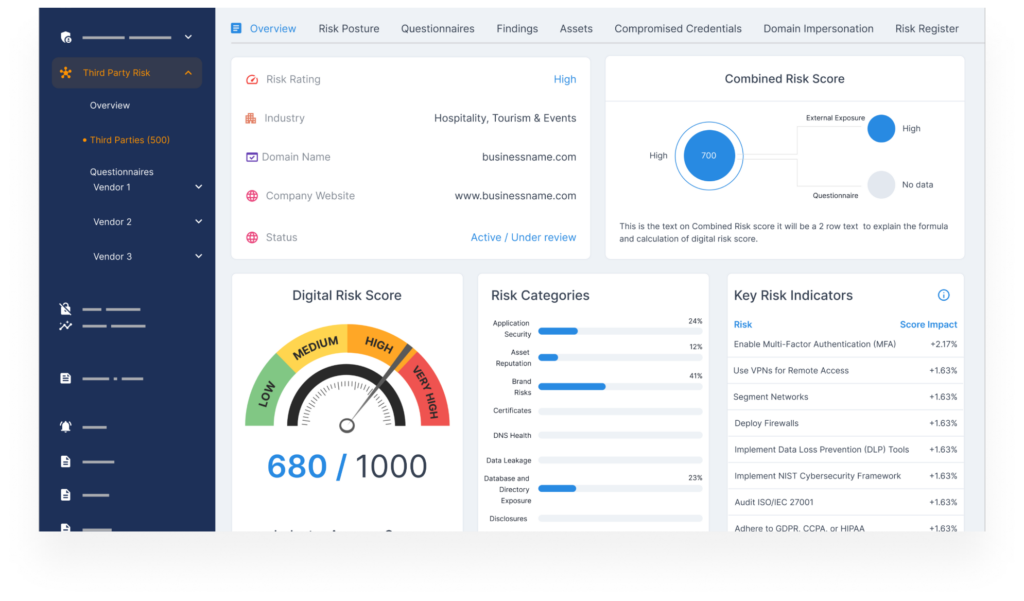
- Integrated takedowns and remediation: When you find a fake profile, a malicious post, or leaked data, you don’t have time to chase platforms. The right tool should let you submit takedown requests directly, track their status, and resolve issues fast—without breaking workflows.
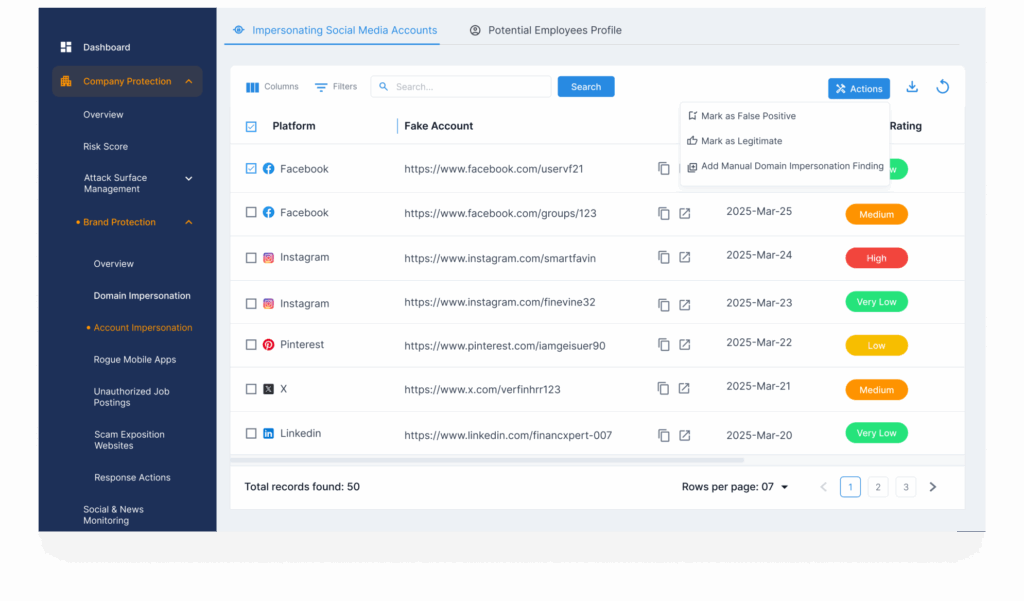
- Unified view of risk: You shouldn’t need five dashboards to understand what’s going on. A good tool connects social media, news, domains, and dark web chatter into one feed—so you can track and stop multi-channel threats before they escalate.
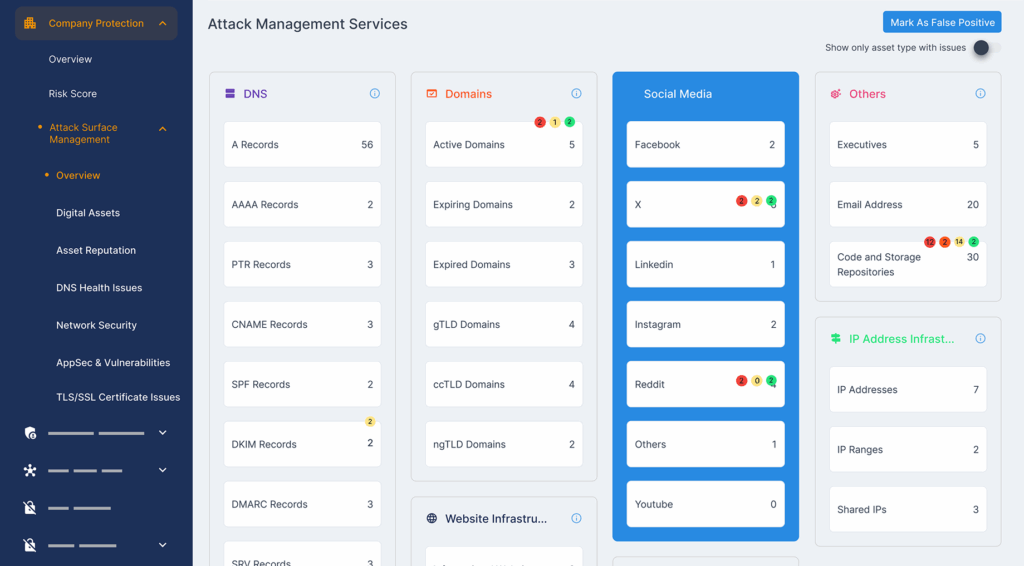
- Ease of use and adoption: Features mean nothing if your team can’t use them. Look for a clean interface, clear reports, and role-based access. Teams should be able to act—not get stuck in training sessions.
- Ongoing support and tuning: Threats change. So should your monitoring. Choose a platform that evolves with you—helping fine-tune alerts, update watchlists, and keep detection sharp as your footprint grows.
- Built for cross-team use: This isn’t just for security. Legal, PR, risk, and compliance teams all need visibility. The right tool supports each one—giving shared context and saving time across the board.
The best monitoring tools don’t just show you where something went wrong—they help you understand why it matters and what to do next.
Without context, scoring, and built-in response, you end up chasing noise. With the right features, you can act fast, prioritize the biggest risks, and protect your brand without wasting time or resources.

Do You Need a Social Media and News Monitoring Tool?
If people know your brand, someone could misuse it.
Ask yourself:
- Do you have leaders who could be impersonated?
- Is brand trust part of your company’s value?
- Are you concerned about fake accounts using your name or logo?
- Would you want to catch scams, leaks, or misinformation early?
- Do you need better insight into what people say about you online?
If yes, monitoring public platforms is a must.
A social media and news monitoring platform gives you early warnings, shows what threats to act on, and keeps your teams from working in the dark. Without it, you’re reacting late — and that delay costs time, money, and trust.
Book a demo to see how Styx gives you real-time alerts, built-in takedowns, and the full picture of what’s happening to your brand online.

